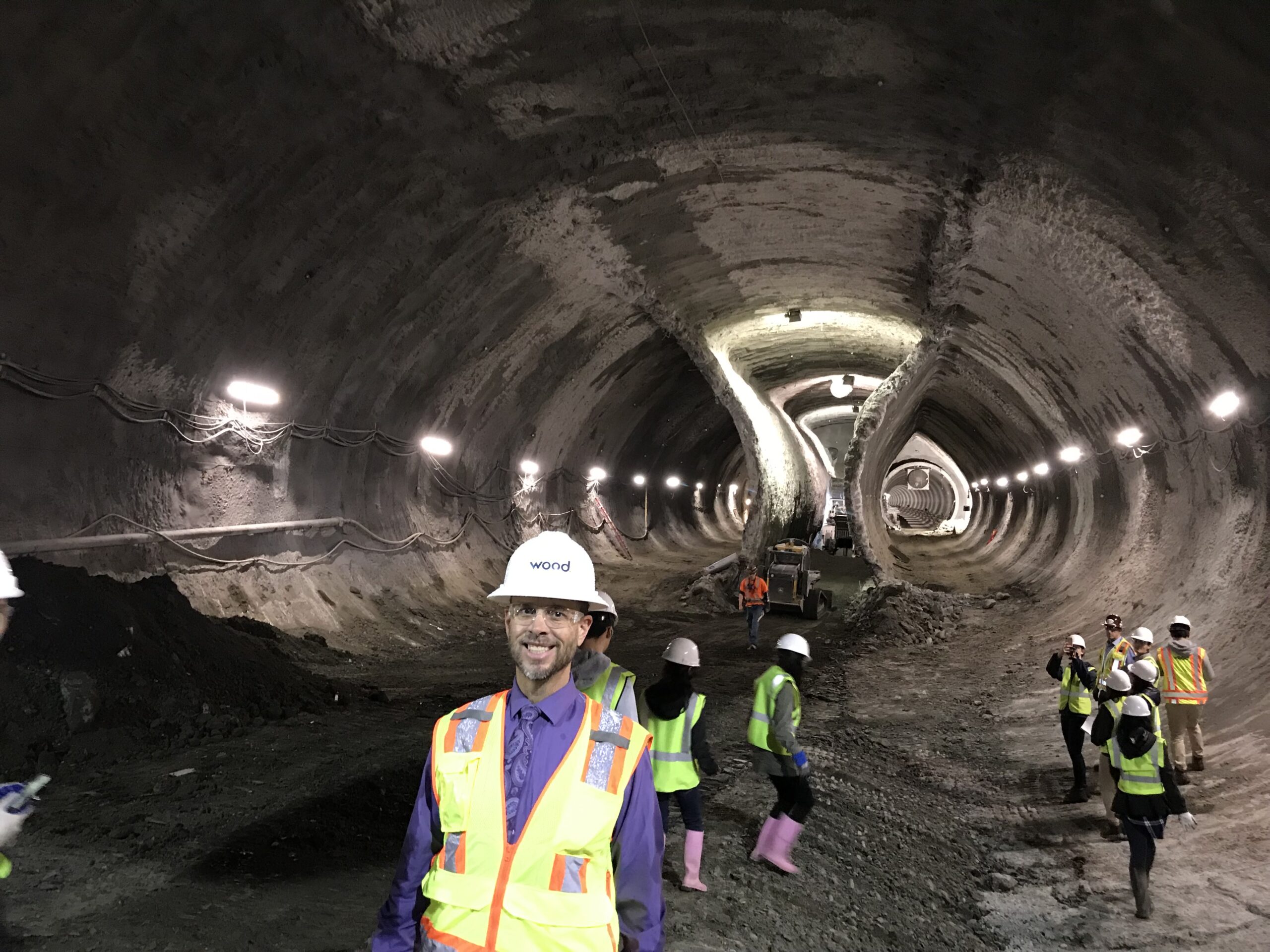Hudson Geotechnics, Inc. (HGI)’s services are provided for projects in Southern California and nationwide; HGI’s personnel have experience over 30 years throughout the United States, for projects up to multi-billion-dollar developments, in a broad range of geotechnical engineering, geology, and ground motion evaluations
Geotechnical
HGI utilizes our Geo-Optimization Matrix to aid the design team in evaluating foundation, ground improvement, and support of excavation options for optimization of design
Site investigations
Drilling, sampling, cone penetration testing, geophysics, and geotechnical laboratory testing
Foundations
Analysis and recommendations for shallow, intermediate, and deep foundations for structures such as:
- high-rise buildings
- hospitals
- sports stadiums
- airport terminals
- infrastructure buildings
- pipelines
- bridges
- data centers
- commercial buildings
Slope stability evaluation
Including fill embankments and cut slopes
Groundwater and dewatering
Evaluation for basements and underground structures
Earth retaining structures
Geotechnical recommendations for earth retaining structures (permanent and temporary), including:
- soil nail walls
- tied-back soldier pile walls
- mechanically-stabilized earth (MSE) walls
Underground projects
Geotechnical engineering consultation for underground projects, including for:
- station excavation and shoring
- station design
- station seismic design
- tunnel seismic design
- tunnel construction and design
Instrumentation and monitoring
Geotechnical instrumentation and monitoring, including:
- InSAR satellite deformation monitoring
- automated total station instrumentation and monitoring
- slope inclinometer installation and monitoring
- tilt-gauge and crack meter instrumentation and monitoring
Geologic
Geological mapping and evaluation
Mapping the surface and subsurface geology of a site to identify different rock and soil units, their properties, and any geological hazards such as faults, folds, and fractures
Geologic observations during construction
Observing geologic conditions to verify preconstruction explorations and closely map potential hazards
Geologic-seismic hazards assessment
Identifying and evaluating the potential for geologic hazards such as liquefaction, landslides, earthquakes, surface fault rupture, volcanic eruptions, seismic-induced settlement, subsidence, tsunamis, inundation, seiches, flooding, oil wells, methane gas, radon gas, and naturally occurring asbestos
Seismic
HGI has a high level of expertise in engineering seismology and employs cutting edge methods and technology for optimized seismic evaluations for all types of structures
Site-specific ground motion studies
Employing probabilistic and deterministic approaches, HGI assesses the expected earthquake ground shaking at the site based on regional seismicity and site soil and rock conditions.
Acceleration-time series development
Selection of appropriate earthquake records (acceleration-time series) from databases, considering their source mechanism, distance to the site, and recording station compatibility. These records are scaled or modified to match the site-specific response spectrum and used in non-linear analyses
Ground response analysis
Analyze the soil profile at the site to understand how it amplifies or deamplifies earthquake ground motions. This involves 1- or 2-dimensional models of the soil profile with propagation of seismic waves.
Partially non-ergodic ground motion studies
Instrumentation of the site (or using existing nearby broadband seismographs) to observe earthquakes and ambient vibrations to obtain site-specific path and site properties that improve accuracy over globally regressed ground motion models.
Seismic instrumentation
Deployment of sensors (typically 3-component broadband seismometers) and data acquisition systems to capture earthquake shaking and ambient vibrations to better understand regional and site seismic properties

